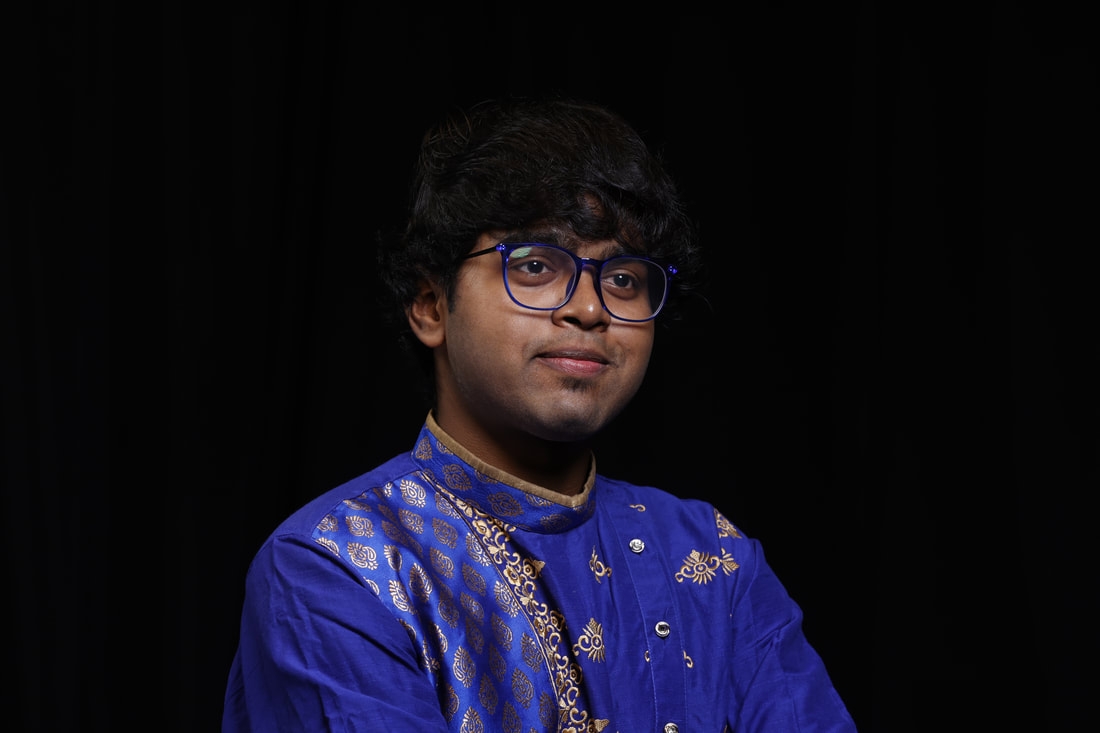Harmonium
Classes
What is Harmonium?
The Harmonium has a remarkably interesting history, as it was invented in the West and is currently used largely only in the East, particularly in India. Professor Christian Gottlieb Kratzenstein, a professor of physiology at the University of Copenhagen, was enamoured of the sheng, a Chinese free-reed instrument shaped like a vertical pipe. Experimenting with it, in 1779, he created another one that would be like the “vox humana” of the organ, only to win an award for it from the Academy of Science at St Petersburg. The instrument’s popularity increased, as it underwent many transformations.
Around the mid-twentieth century, it virtually disappeared from Europe but gained prominence in the Indian sub-continent. Soon eminent classical musicians, such as Pandit Bhimsen Joshi, Ustad Bade Ghulam Ali Khan and Begum Akhtar chose the harmonium to accompany them when they sang. The harmonium’s rich continuous tone, matched only by an expert violinist’s expert hand, became the key instrument in teaching students the rudiments of classical, semi-classical or rural folk music.
Around the mid-twentieth century, it virtually disappeared from Europe but gained prominence in the Indian sub-continent. Soon eminent classical musicians, such as Pandit Bhimsen Joshi, Ustad Bade Ghulam Ali Khan and Begum Akhtar chose the harmonium to accompany them when they sang. The harmonium’s rich continuous tone, matched only by an expert violinist’s expert hand, became the key instrument in teaching students the rudiments of classical, semi-classical or rural folk music.
Our Harmonium Tutor
Begin Your Journey Today
Want to enrol in SIFAS? Become a member and register as a student.
Contact UsSingapore Indian Fine Arts Society
2A Starlight Road, Singapore 217755 TEL: +65 6299 5929 FAX: +65 6295 1238 Media and partnership contact details: [email protected] |
Begin Your Journey TodayWant to enrol in SIFAS? Begin your classes as soon as the start of next month! Become a member and register as a student: |
Find UsInformation is correct at the time of publication.
Copyright of SIFAS 2023. |

